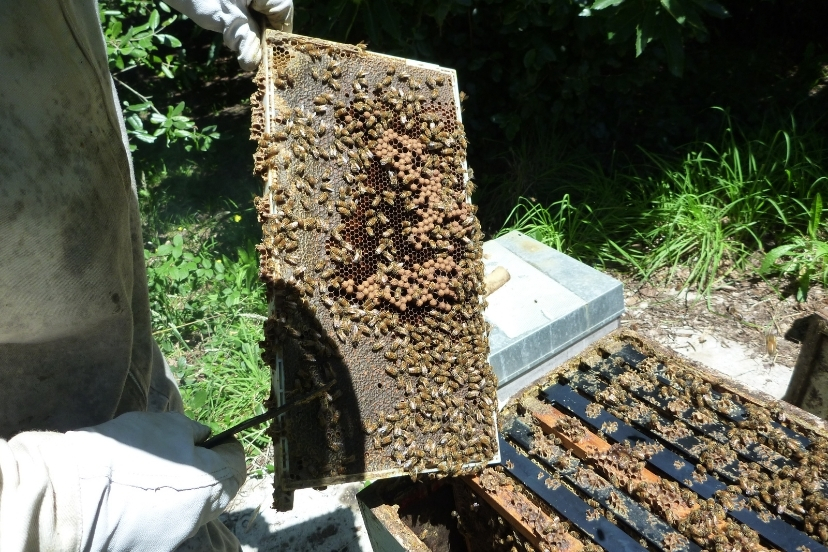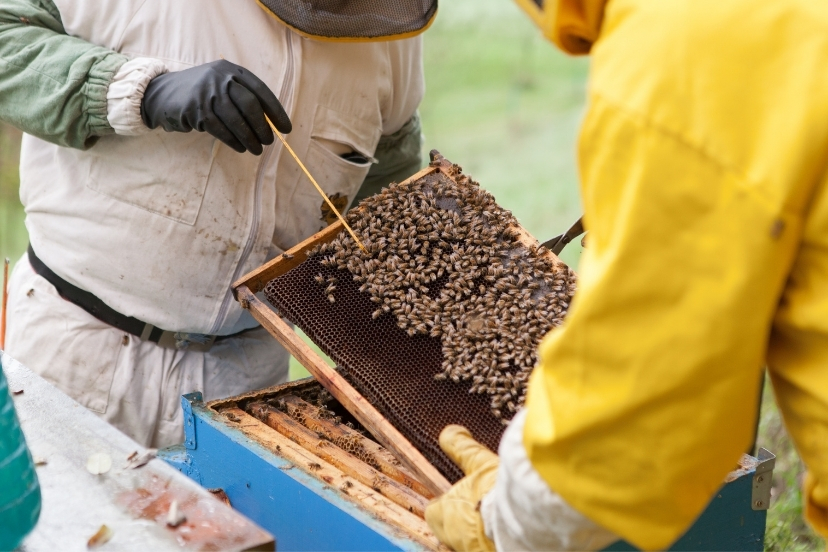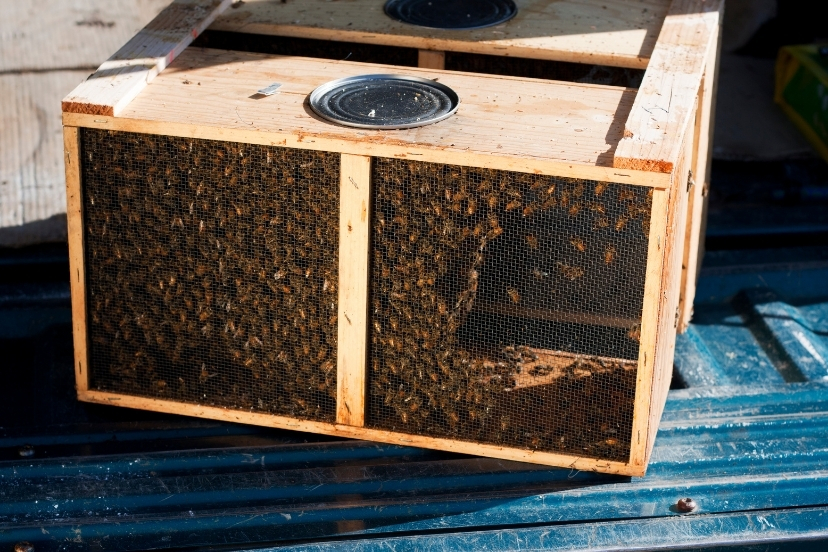Whether you have one hive or a thousand, organic beekeeping requires that you adhere to certain standards, and follow specific rules and regulations in order to be certified as an organic operation.
What is “Certified” Organic?
What does it mean to be certified organic? It simply means that you are legally permitted to label your products as organic.
If you wish to sell organic honey in the United States, your operation must be certified as organic.
For better or worse, the word ‘organic’ has become a commercial term that may not be used freely in the selling of products.
If you have no interest in selling hive products that are labeled as organic, but you are interested in the principles of keeping bees organically, then check out the natural beekeeping page.
The focus of this page is to provide a brief overview of the standards for being certified as an organic beekeeping operation by the United States Department of Agriculture.
Location
Colonies maintained in a certified program must not be any closer than a four mile radius from any areas where there is a risk of contamination from non-approved chemicals.
Materials
Beehives can only be constructed of natural materials such as wood and metal. Only the outside surfaces of beehives may be painted, and only lead-free paint may be used.
Plastic frames are not permitted.
Plastic foundation may be used if it is coated with organic beeswax, and mounted in a wooden frame.
Hive Management
Materials or chemicals that have not been approved for an organic program may not be used in or around the hives.
In order for organic certification to be maintained, organic management techniques must be practiced on a continual basis.
Synthetic, non-approved materials may not be used as bee smoker fuel.
For hive products to be sold as organic, the colonies that produced the products must have been under continuous organic management and standards for no less than 270 days prior to the harvest of the products.



